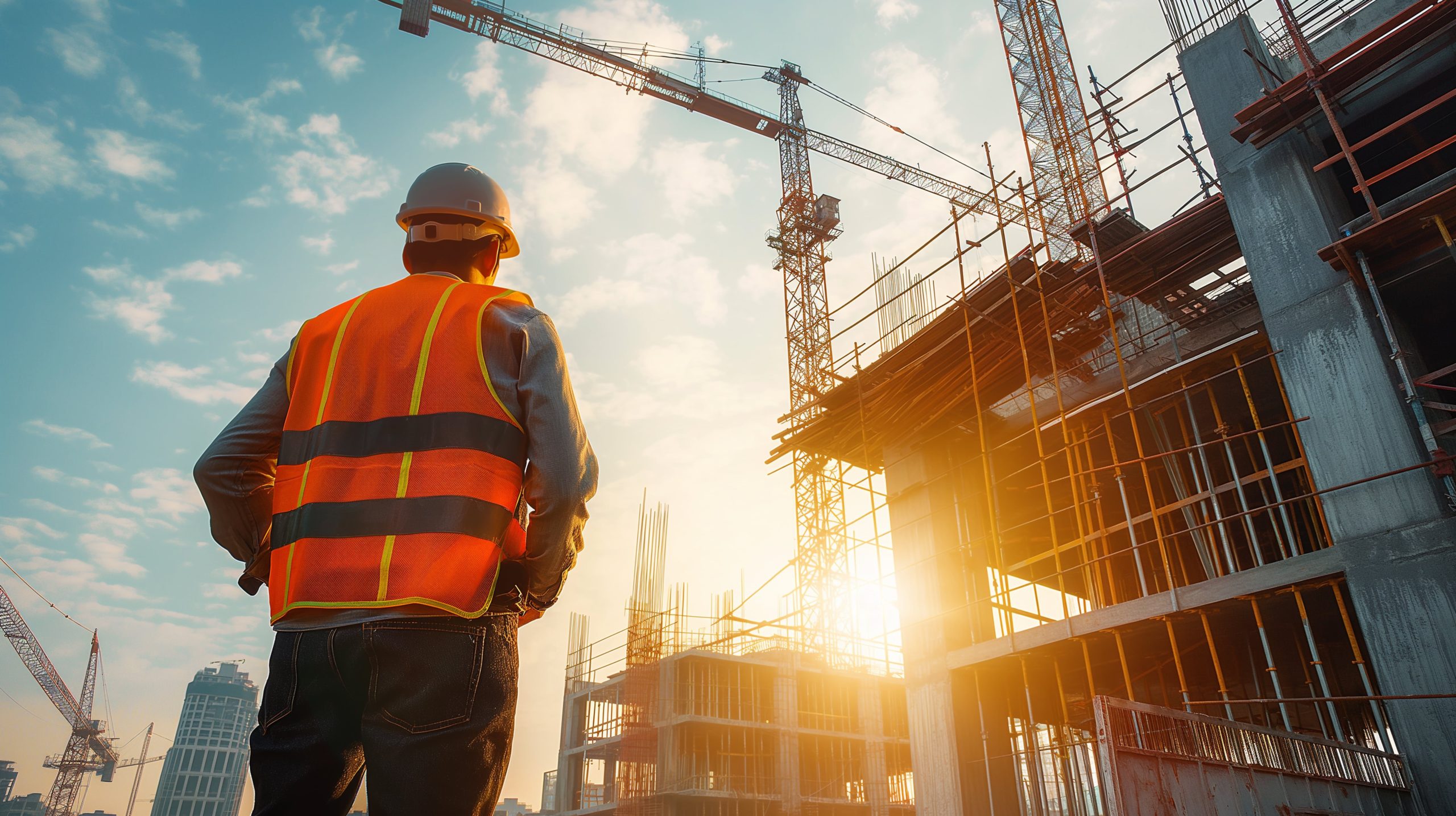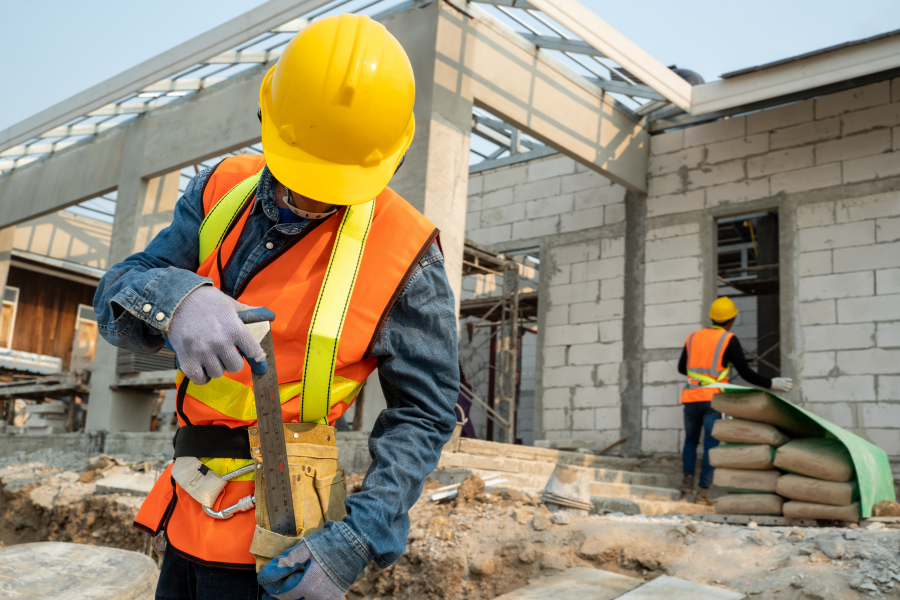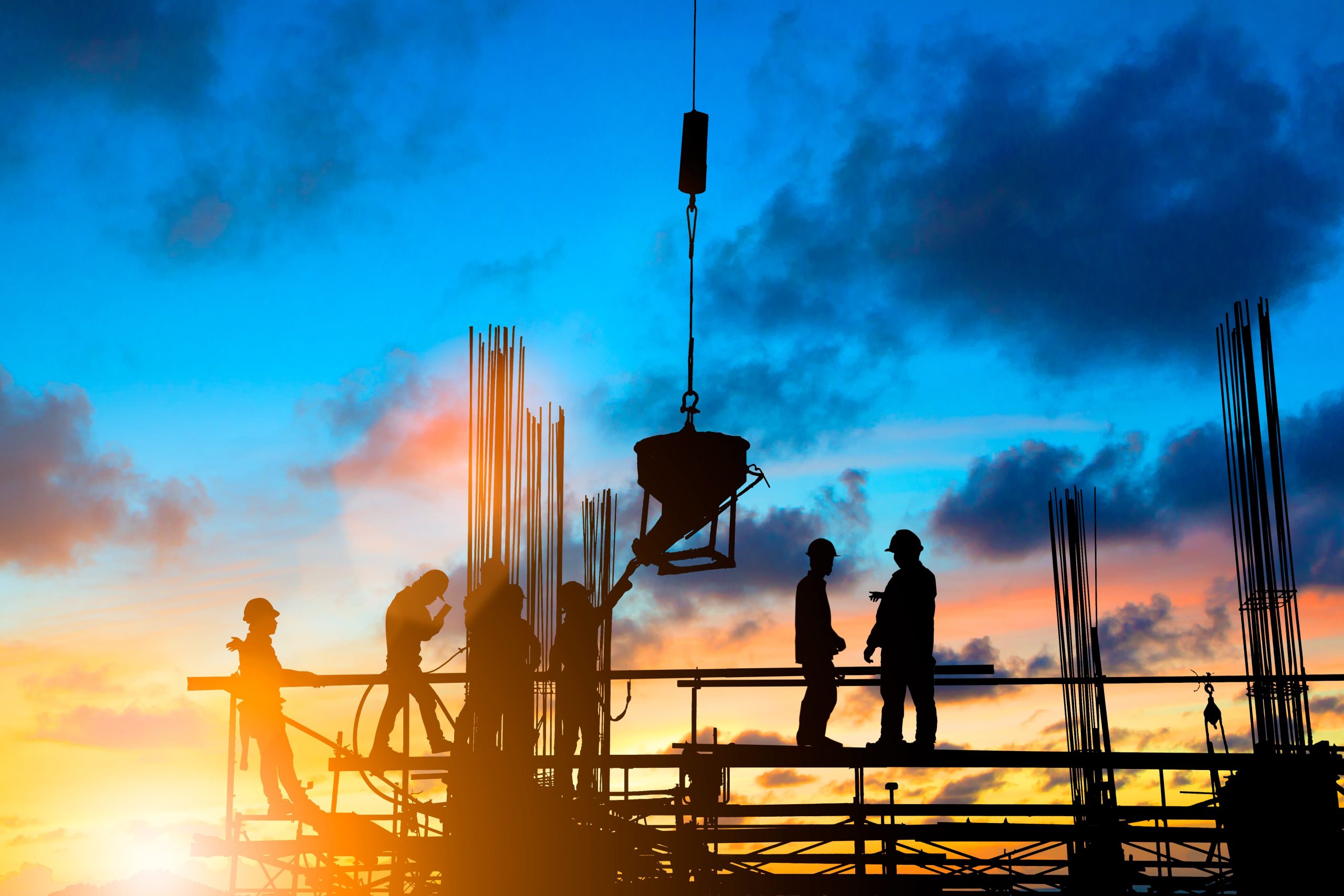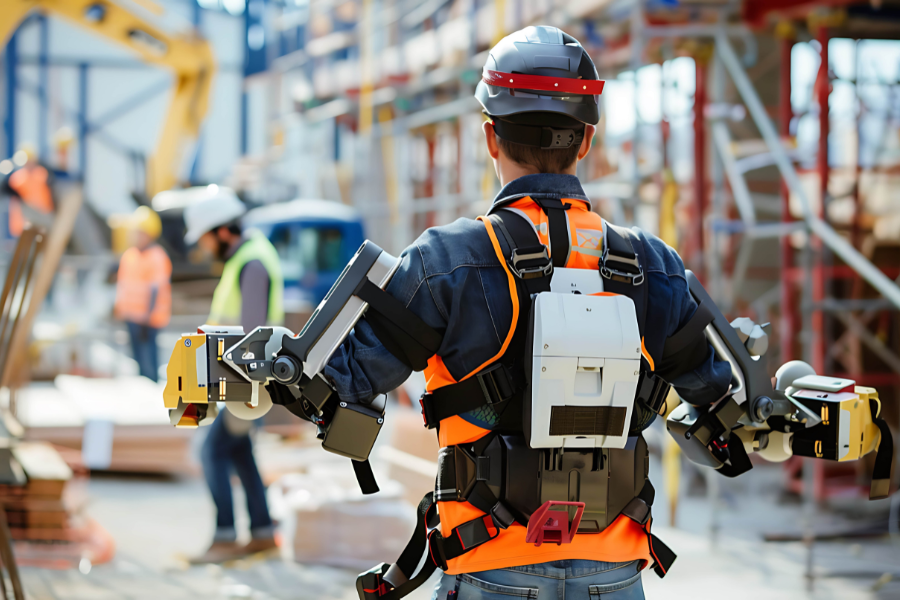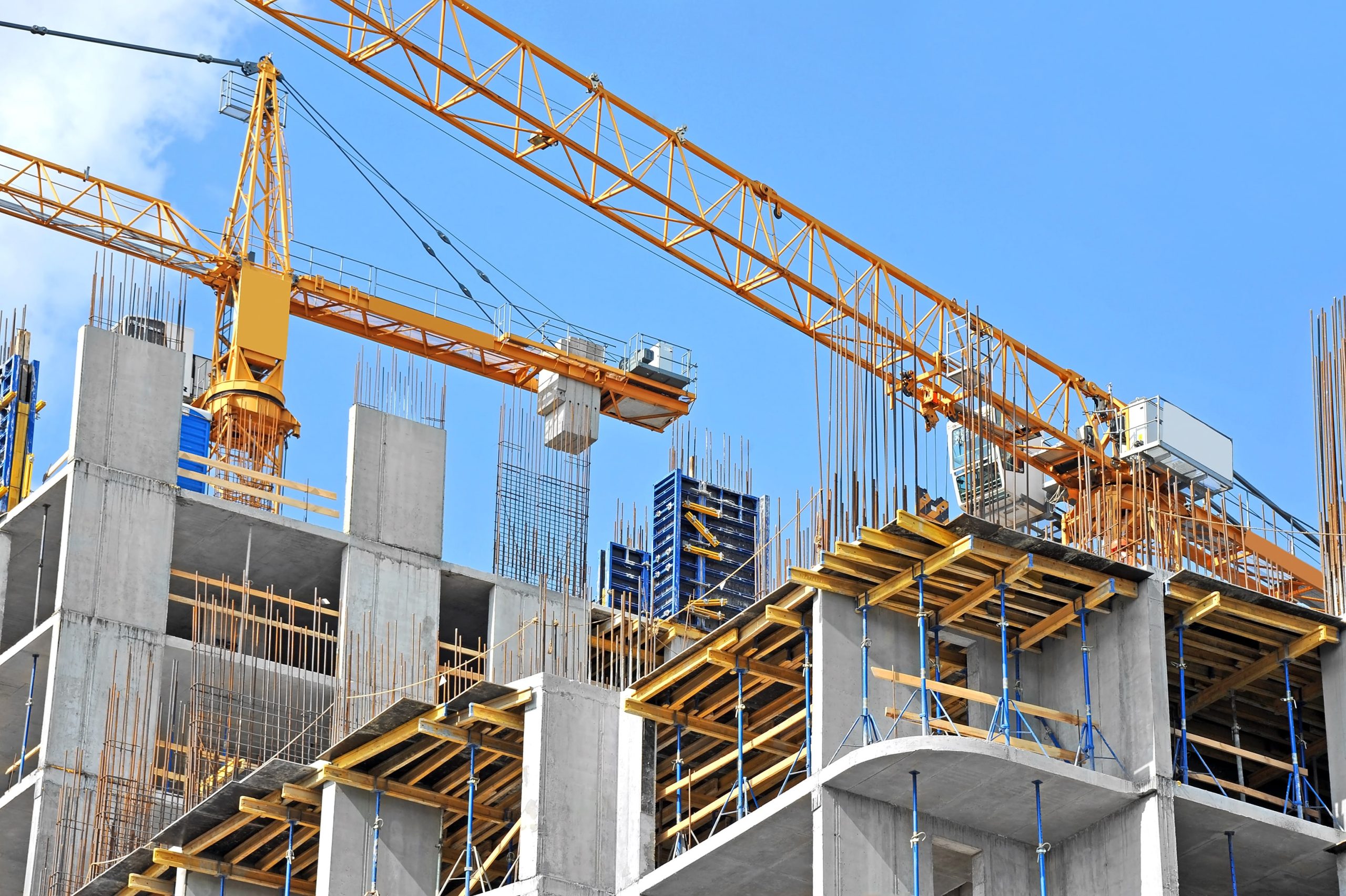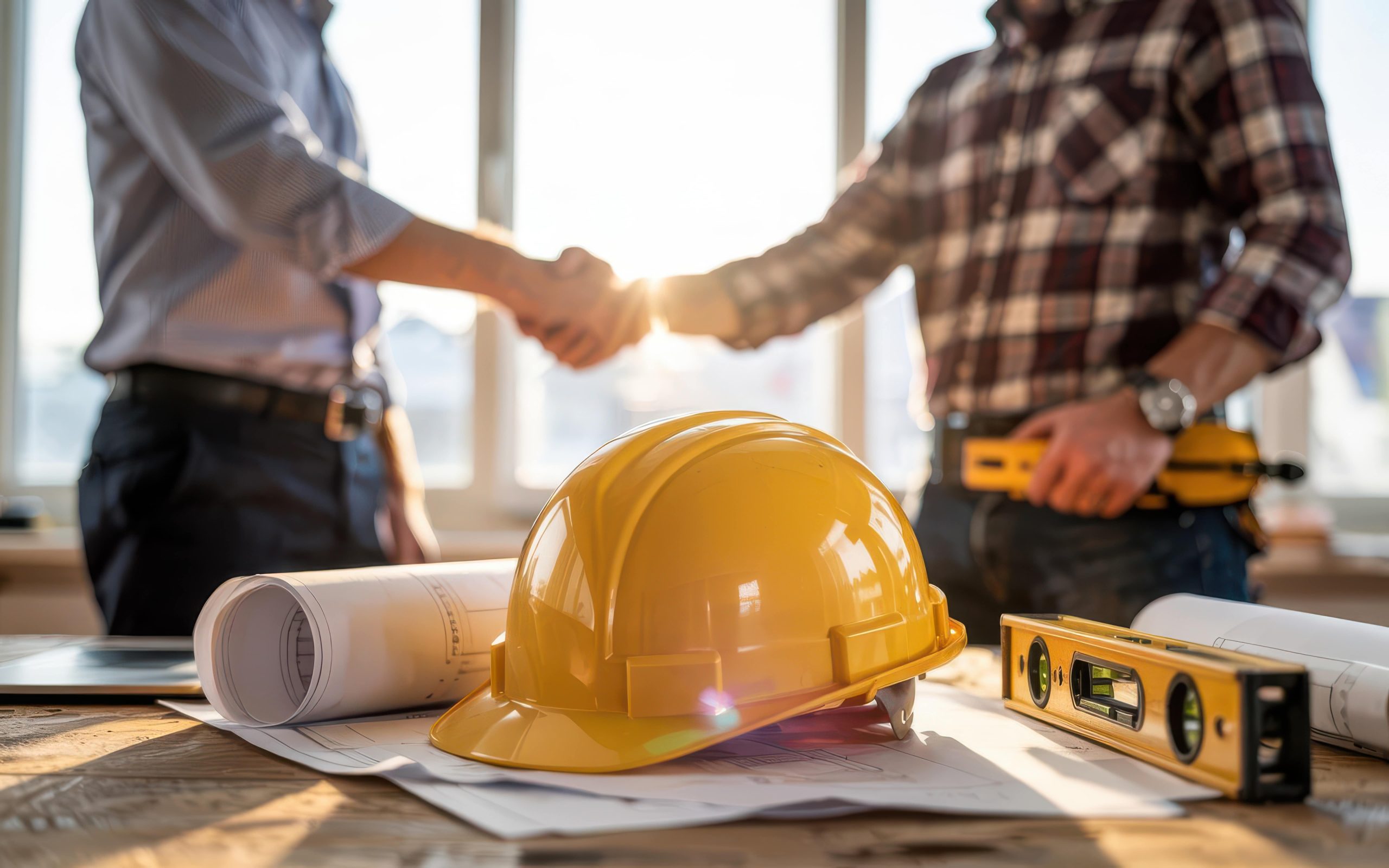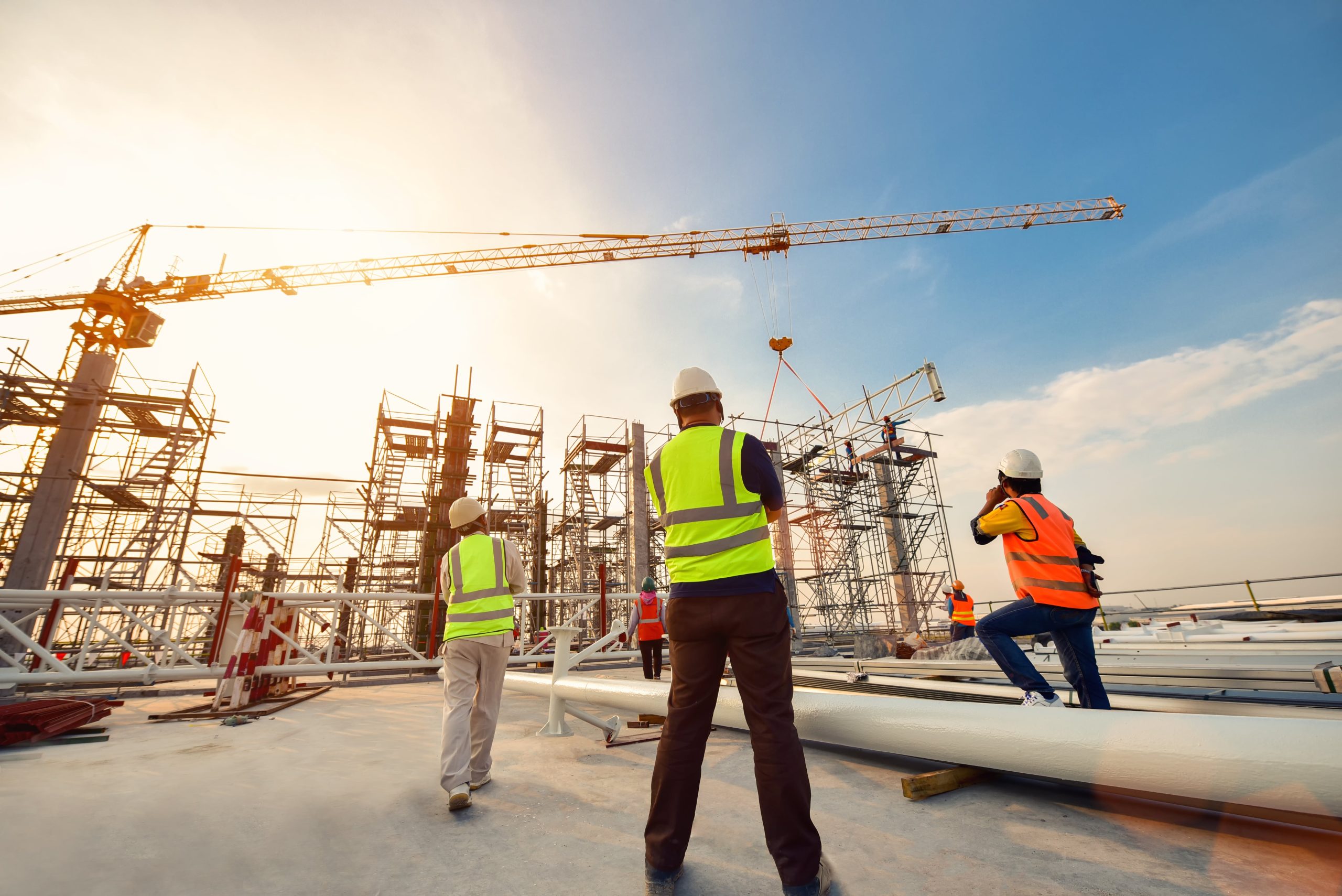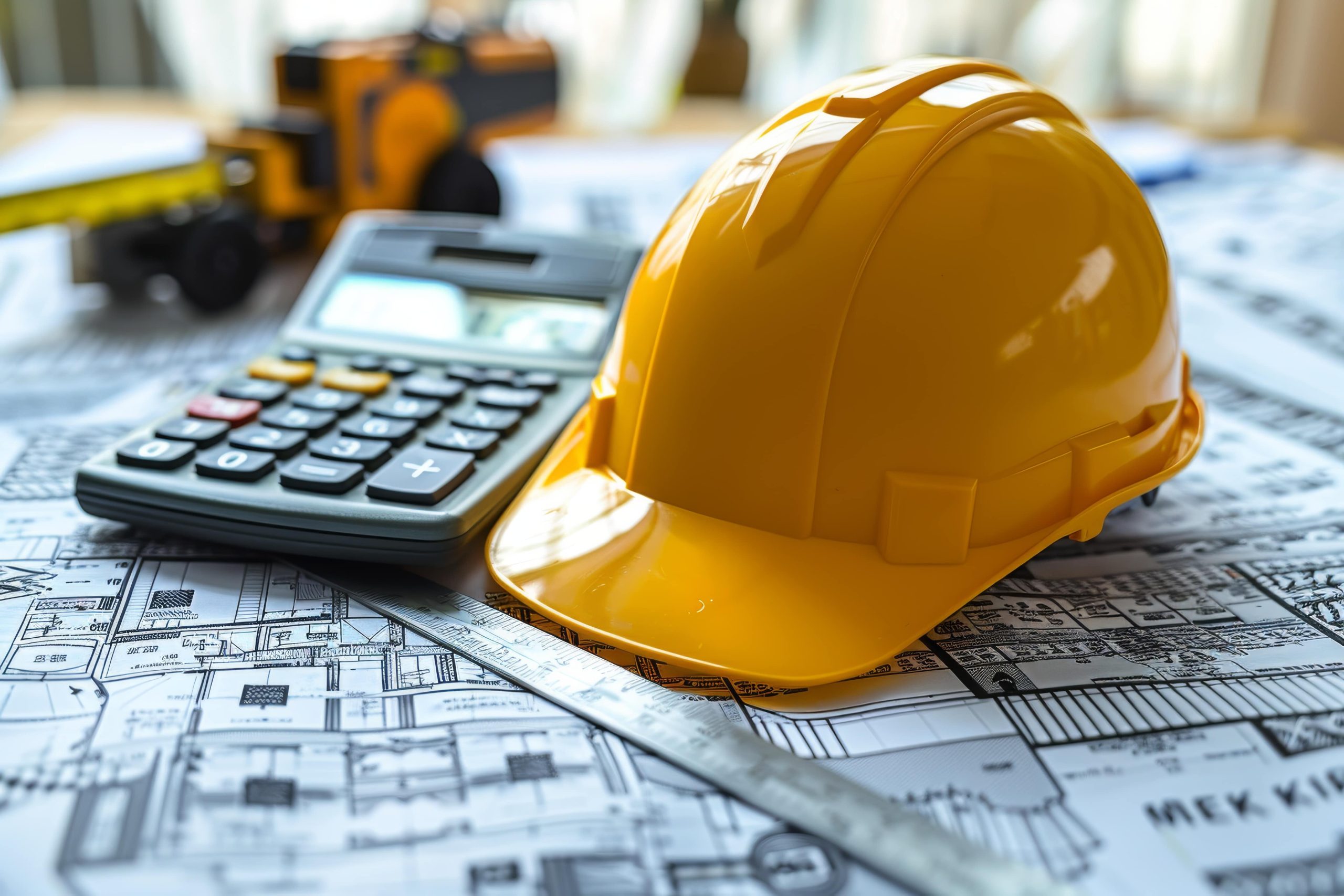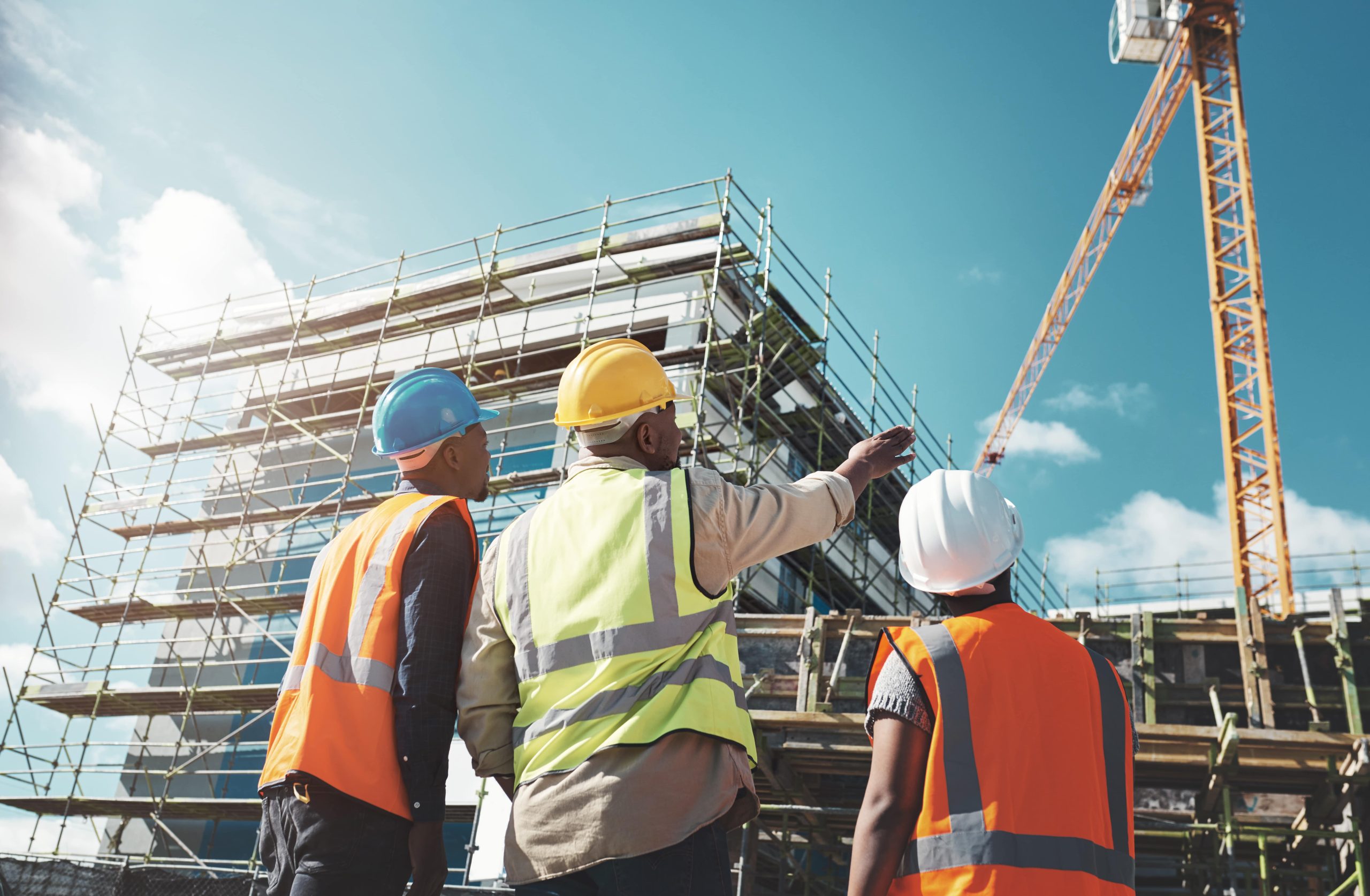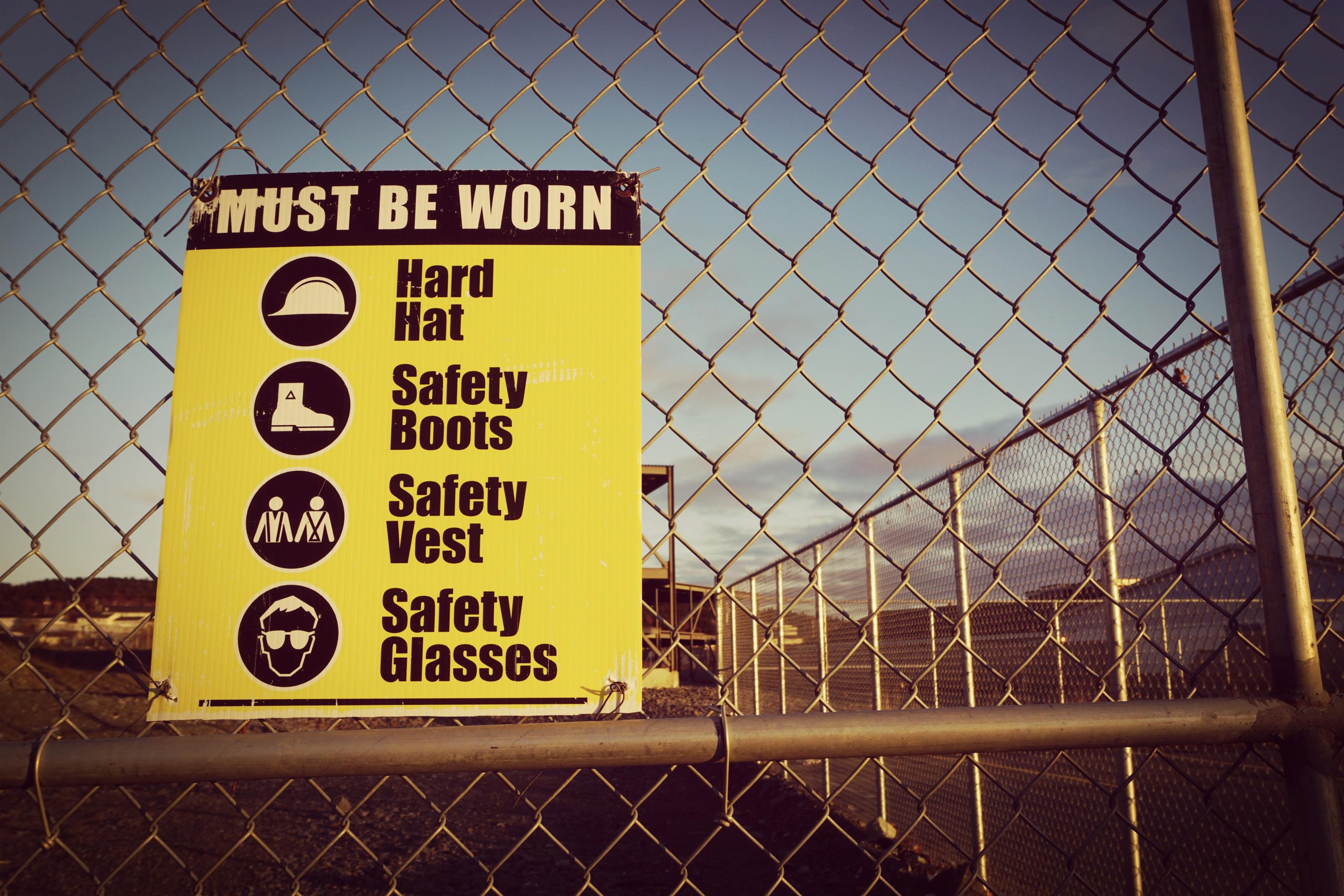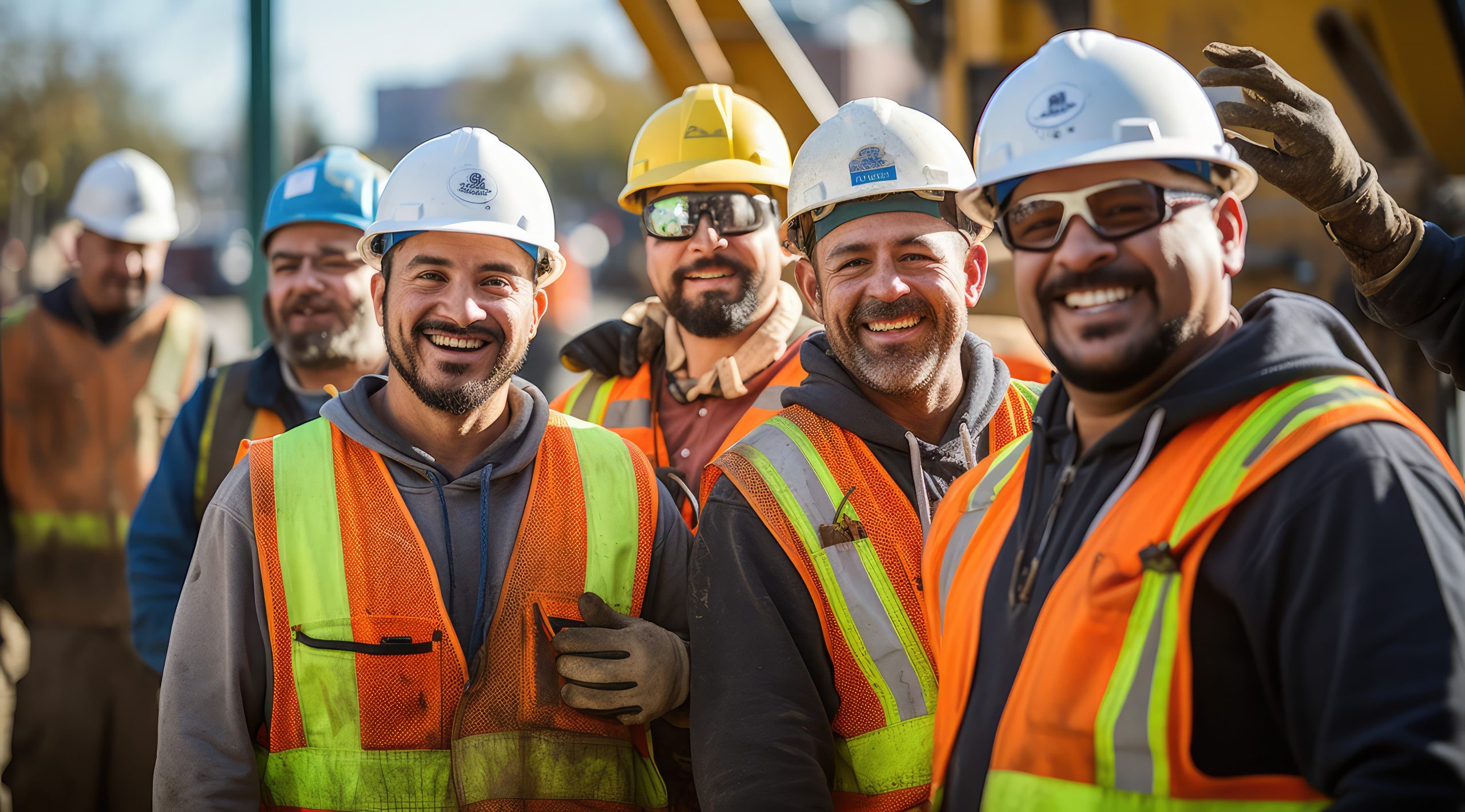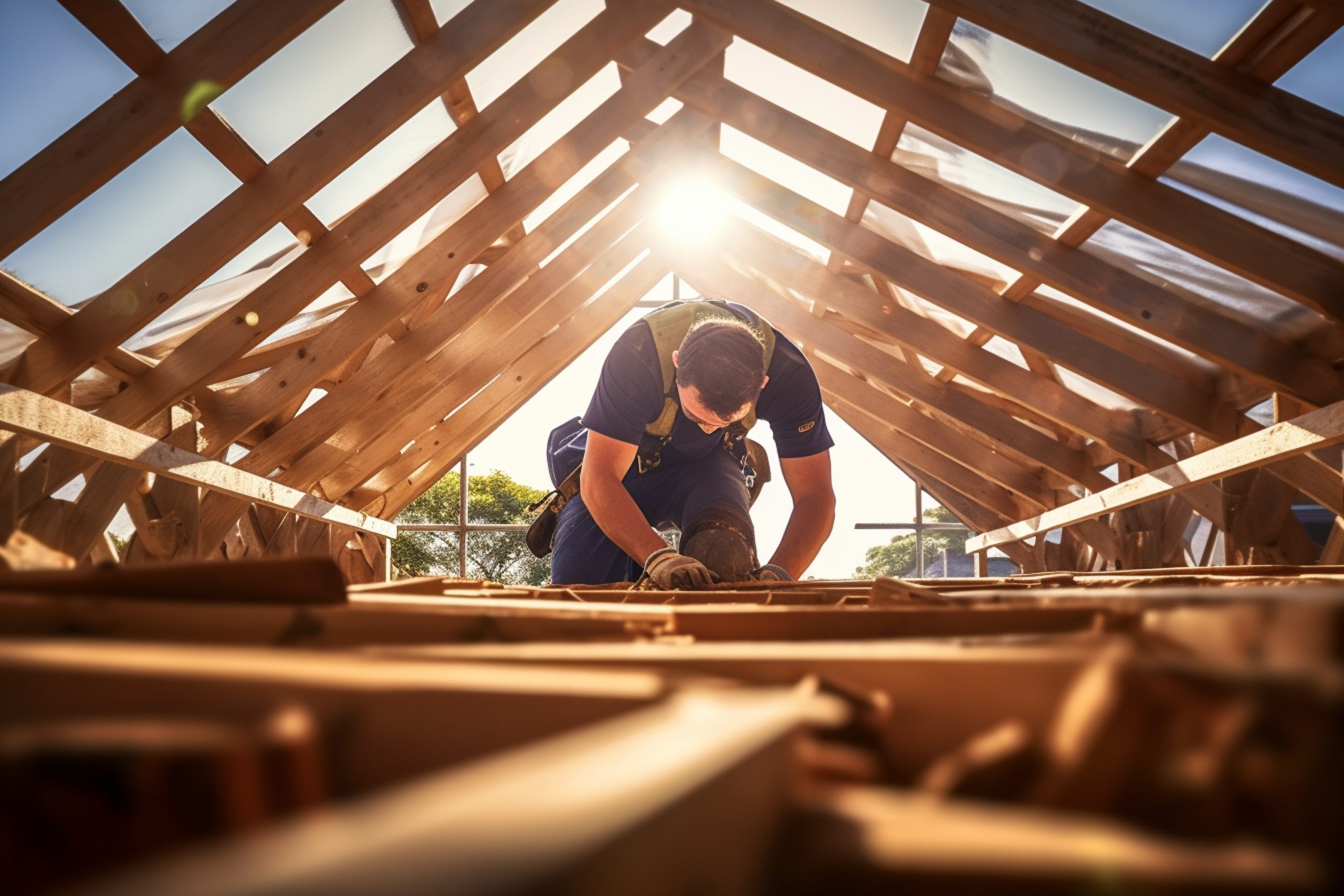Unpredictable weather is quickly becoming the new normal around the world. With each passing season, natural disasters are becoming more frequent, severe, and expensive.
Data from the National Oceanic and Atmospheric Administration (NOAA) illustrates the escalating cost. In the U.S.:
- 2024 marked the 14th consecutive year with at least 10 billion-dollar disasters.
- An average of 23 annual billion-dollar disasters occurred over the past five years—compared to nine in 1980-2023.
- Even when adjusted for inflation, the five-year-average disaster cost per capita was $250 more per person in the late 2010s than in the early 2000s.
For construction firms, the financial damage of a single extreme weather event can be severe. Project delays are just the beginning. As construction costs rise—both due to tariffs and local rebuilding efforts—material losses can totally derail your budget.
So, how can you prepare for natural disasters affecting your construction site? Here are five proactive steps you can take to minimize losses, injuries, and delays:
1. Conduct a Risk Assessment
Before implementing any disaster preparedness measures, thoroughly evaluate your vulnerabilities. A comprehensive risk assessment should identify:
- Critical assets: Document your onsite equipment, materials, and workforce schedule in your construction project management tool. This will help you account for assets—and report losses—after a disaster hits.
- Regional weather threats: Identify the types of natural disasters that your crew needs to be concerned about, from hurricanes and flooding to earthquakes and wildfires. Review past events and future climate forecasts to inform your assessment.
- Financial vulnerability: Evaluate your potential losses from project delays, material damage, and recovery costs. This can help you prepare an emergency budget.
Taking this step creates the foundation for your disaster readiness strategy. Consider bringing in emergency management consultants who specialize in construction sites to identify blind spots you might miss.
2. Create a Disaster Response Plan
Your OSHA-required Emergency Action Plan likely already includes some key components of an effective natural disaster response plan. However, developing and optimizing a strategy specifically for extreme weather events can help you eliminate gaps in your training and response. Key components of this strategy may include:
Tailored Checklists
The right strategies for preparing for natural disasters will look different depending on the event you face. Develop tailored response plans that address the unique challenges of each potential threat. For example:
- Hurricanes and tornados may require you to secure equipment and loose materials with anchors.
- Floods may require you to set out sandbags and move assets to higher ground.
- Wildfires may require careful storage of flammable materials and the creation of firebreaks.
- Earthquakes and hurricanes may require temporary shoring systems to prevent damage or collapse.
Leverage these FEMA guidelines for more recommended emergency-specific procedures. Your company can also set priorities, such as which equipment should be secured first to minimize losses.
Evacuation Plan
If crew members are onsite when an unexpected natural disaster hits, getting them to safety should be the priority. Develop easy-to-follow evacuation protocols that all workers can execute quickly, even under extreme stress. Your plan should specify:
- Exit routes, which should be clearly marked year-round
- Safety assembly points where employees should gather after evacuation—and the actions they should take when they arrive
- Transportation arrangements if needed
- Sheltering-in-place protocols (these are not usually relevant early into a build, when the construction site is prone to structural vulnerabilities)
If you have a multilingual workforce, be sure to develop translations to overcome language barriers. This extra step can save lives and prevent injuries.
Emergency Contacts
When disaster strikes, every second counts. Compile a comprehensive, easily accessible contact directory that includes:
- Local emergency responders
- Medical facilities
- Your local emergency management agency
- Insurance representatives
Roles and Responsibilities
Scrambling is never ideal in an emergency situation. Designate team leaders who will be fully trained on the disaster response plan to lead preparations and delegate responsibilities like equipment shutdown and emergency gear distribution. In time-sensitive situations that require evacuation, these leaders can also be responsible for keeping headcounts.
3. Establish Key Lines of Communication
When disaster strikes, clear communication becomes your most valuable tool. Develop a robust system that functions even when traditional methods fail. For example:
- Implement multiple channels for emergency notifications like text alerts, email, and onsite alarm and intercom systems.
- Install weather monitoring equipment with automatic alerts for dangerous conditions.
- Have alternative communication methods, like two-way radios, in place.
Test your communication systems regularly to ensure everyone knows how to use them and can receive alerts regardless of their location on the construction site.
Additionally, you can establish check-in protocols to account for all personnel during and after emergencies.
4. Plan for Post-Disaster Recovery
Even with perfect preparation, some damage may be unavoidable. A thorough recovery plan facilitates a swift return to operations by establishing:
- Documentation procedures for photographing and recording all damage
- Insurance claim checklists with contact information and step-by-step filing instructions
- Safety inspection protocols for both the structure and equipment before allowing workers to return
- Communication templates for updating all stakeholders on recovery timelines
- Vendor agreements with restoration companies for priority service
- Where to find specialized equipment resources like water pumps, dehumidifiers, and generators
You can also develop alternative work plans to continue progress in unaffected areas.
5. Invest in Emergency Power Sources
Power outages often accompany natural disasters. Even if your construction site is safe to work on after the storm, you may not be able to keep the momentum of your project without emergency power sources in place—especially since demand for these items will skyrocket in your area.
Consider investing in backup generators—appropriately sized for critical systems—and uninterruptible power supply (UPS) systems now to keep operations and communications moving post-disaster. Other resources, like battery-powered tools and lights, can also be useful.
6. Secure Post-Disaster Workforce Support
Recovery operations often require different skills and additional manpower than your regular construction activities. Establish relationships with staffing partners who can quickly provide emergency skilled trades workers, assist with cleanup, and offer administrative support when your regular systems are compromised. This includes backup payroll processing capabilities—critical when your own systems may be damaged or inaccessible.
Maximize Your Construction Safety and Preparedness
Extreme weather and climate events may be increasingly common, but their impact on your construction projects doesn't have to be devastating. When you know how to prepare for natural disasters, you can protect your workers, minimize material losses, and reduce costly delays—especially if you have employees with up-to-date safety training to execute your plan.
Looking for skilled trades workers who understand the importance of safety and emergency preparedness? Skinner—a 2024 Texas Mutual Platinum Safety Award winner—connects construction companies with reliable, safety-conscious workers throughout North Texas. Our comprehensive training, paired with your onsite protocols, ensures all team members are prepared to protect themselves and your investment when natural disasters strike.
Build a resilient construction team ready for any challenge. Contact Skinner today.
Related Articles:
6 Construction Site Safety Tips to Stay Protected on the Job
Construction PPE Checklist: 11 Safety Items Your Workers Need
3 Ways to Avoid Construction Worker Misclassification & Stay Compliant
